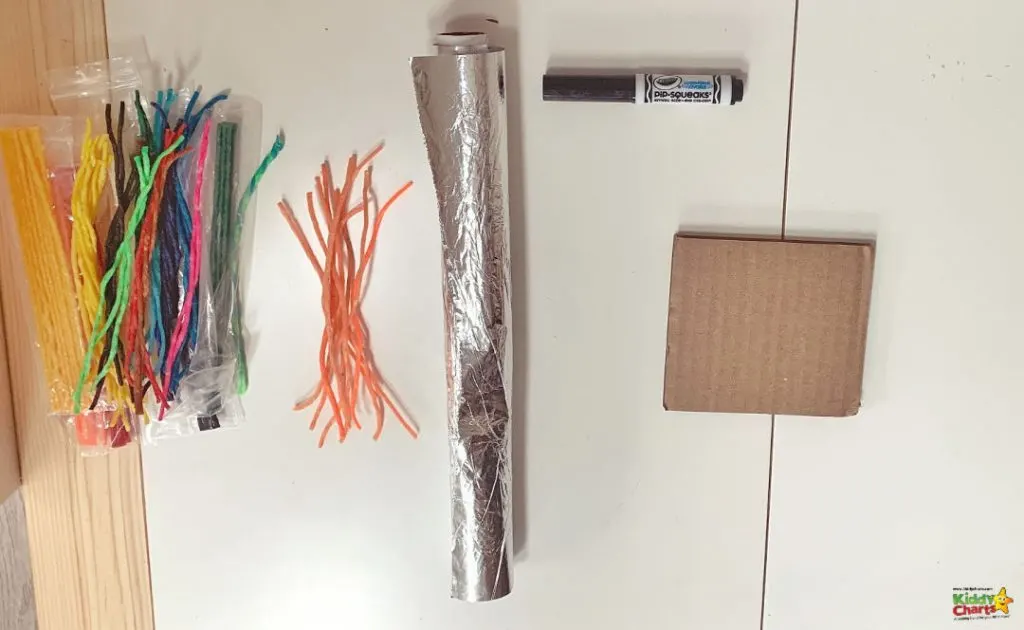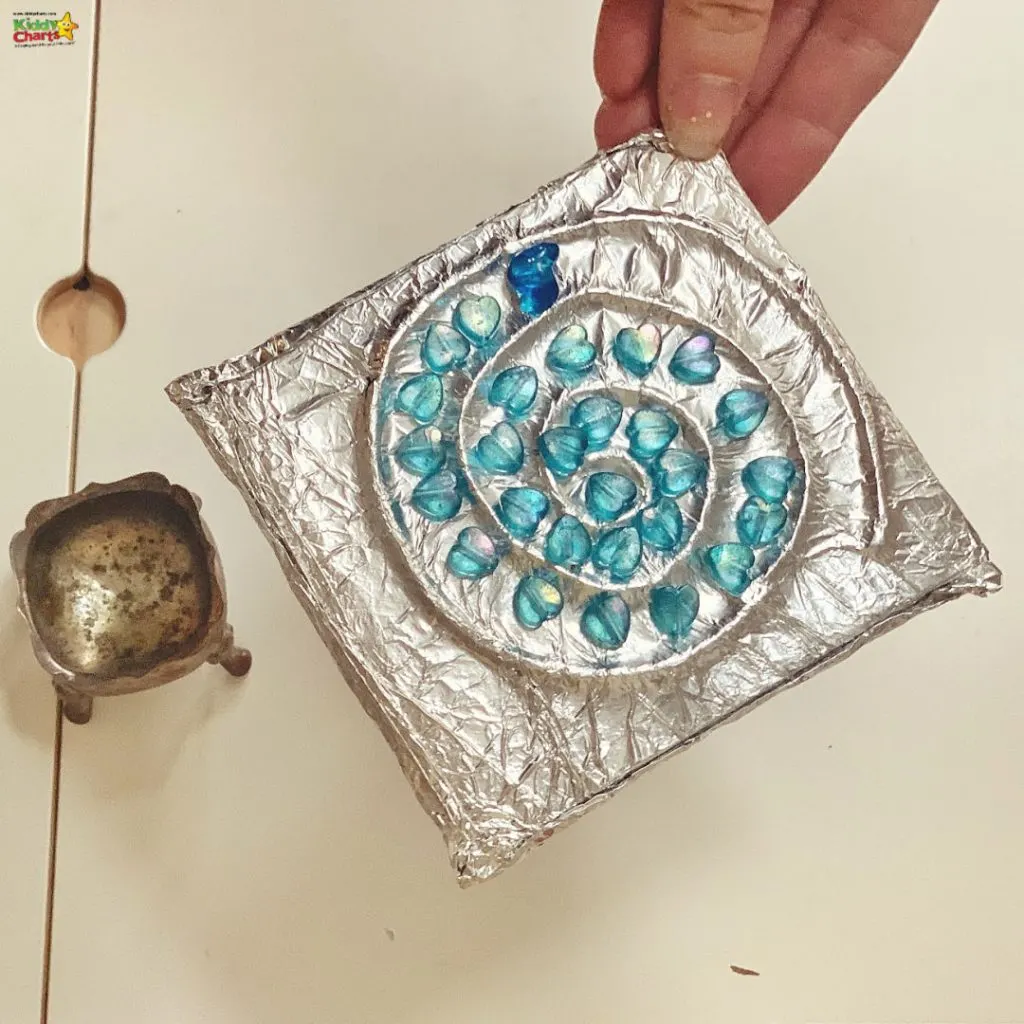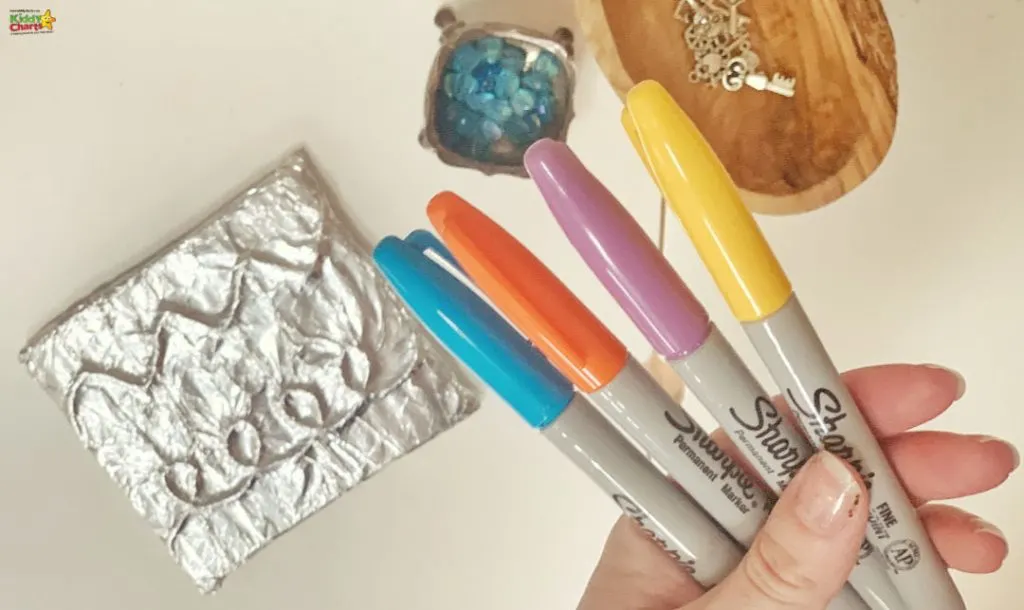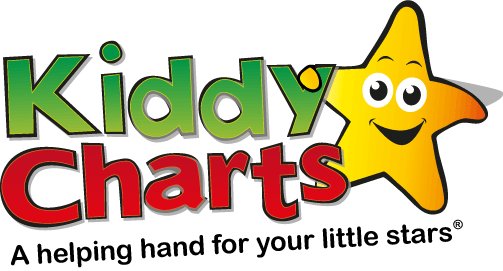In 31 Days of Learning today we have a gorgeous activity from Arthurwears to help kids with their fine motor skills. Before we even think about expecting young children to write, there are a number of steps, or pre-requisites, which must come first. Young children begin their writing journey by developing their gross and fine motor skills, and ‘making marks’. Which is why we encourage mark making in preschoolers with this post!

The ability to mark-make starts with the physical development of the child – and so building up the muscles in their chest, shoulders, arms and hands is a really important process that young children must have the opportunity to go through before being expected to sit and write. Using large amounts of home-made playdough can help build up the strength in their hands, and tracing over patterns using their fingers and loose parts can make fine motor practise fun and exciting! Why not try out these playdough mats if you are going to have a go with playdough?
In this post, I am going to show you how to make a quick and easy fine motor pattern tracing board to help support early mark making in preschoolers. There is also a quick video demonstration available here if you would like to see this made in action.
You will need:

- Cardboard
- Tin foil
- Wikki stix (wax string)
- Sharpies
- Marker pen
- Scissors
How to make a fine motor pattern tracing board
First of all, draw your chosen tracing pattern onto the cardboard. I chose to use a zigzag and a looped pattern on one side, and a spiral on the other.

Next, lay the wax string onto the pattern and press down. No glue is needed, the wax sticks it down.

Once you have completed your pattern on both sides, lay your card onto a piece of tin foil – enough for both sides.

Fold over the tin foil, trim the edges and seal them, making sure that the entire board is covered.

Begin to press your fingers into the foil, smoothing it around the string pattern to create a raised surface on the foil…

Once you have smoothed over both sides you should be able to see and feel the pattern.

If you prefer a natural look to your resources, you could stop at this point and show your child/children how to trace their fingers over the patterns, feeling the straight lines and the curves, and encouraging them to carefully follow the string around and across.
Extend this activity by providing small beads or loose parts to make the patterns on the board whilst practising their pincer grip.
Note: Supervise your children with these smaller parts as they can be dangerous for under 3s.
Add more detail

We used small beads for the spiral shape and miniature keys for the zig zag.

Depending on how large your board and pattern is, you could use loose parts such as pasta, sequins, gems or cabochons to practise forming a pattern.
If you would like to add a bit of colour to your board, or, allow your little ones to have a go at this – sharpies are your friend!

The ink from the sharpies stays on the foil and also creates a lovely vibrant colour!

It also adds another sensory element to the board by allowing the pattern to be seen easier, and not just felt! This can really help to build language around shapes, lines, patterns and colours…


I repeated this on the opposite side, creating a ‘yellow brick road’ to follow – before realising that my children will have NO idea what that even means as they have never seen the Wizard of Oz!

All done!
This activity is really quick and simple to make, but super effective! You could use this resource alongside a flat print out of different patterns to use with loose parts, or move onto a scissor skills activity (when they are ready) by following the pattern whilst snipping!
This activity will also work with names, for name recognition, and is a brilliant one for letting your children get involved from the start! After you have drawn the patterns, why not let them have a go with this wax string themselves? It is completely re-useable, so they can take it off and move it as many times as they like whilst ‘having a go’ – it all adds to the fine motor skills of pattern making!
We hope you like this mark making in preschoolers activity – we think its wonderful, so thanks so much to Sarah for providing us with the details.
If you are looking for more activities to help with fine motor skills; do check these out too:
Fine Motor activities
Some more crafts and printables to help with fine motor skills.
Shape tracing for kids
Tracing is a great activity to improve fine motor skills - we've got shape tracing here and....
Number tracing for kids
...number tracing here. Why not check them both out?
Printable number lacing cards for kids to sew
Lacing is another good activity for improving motor skills; check out these number cards for your kids.
We thank you for popping along to see us all today, and do sign up for our newsletter if you like this and some of the other activities we have shared with you today.
Cheers,
Helen










